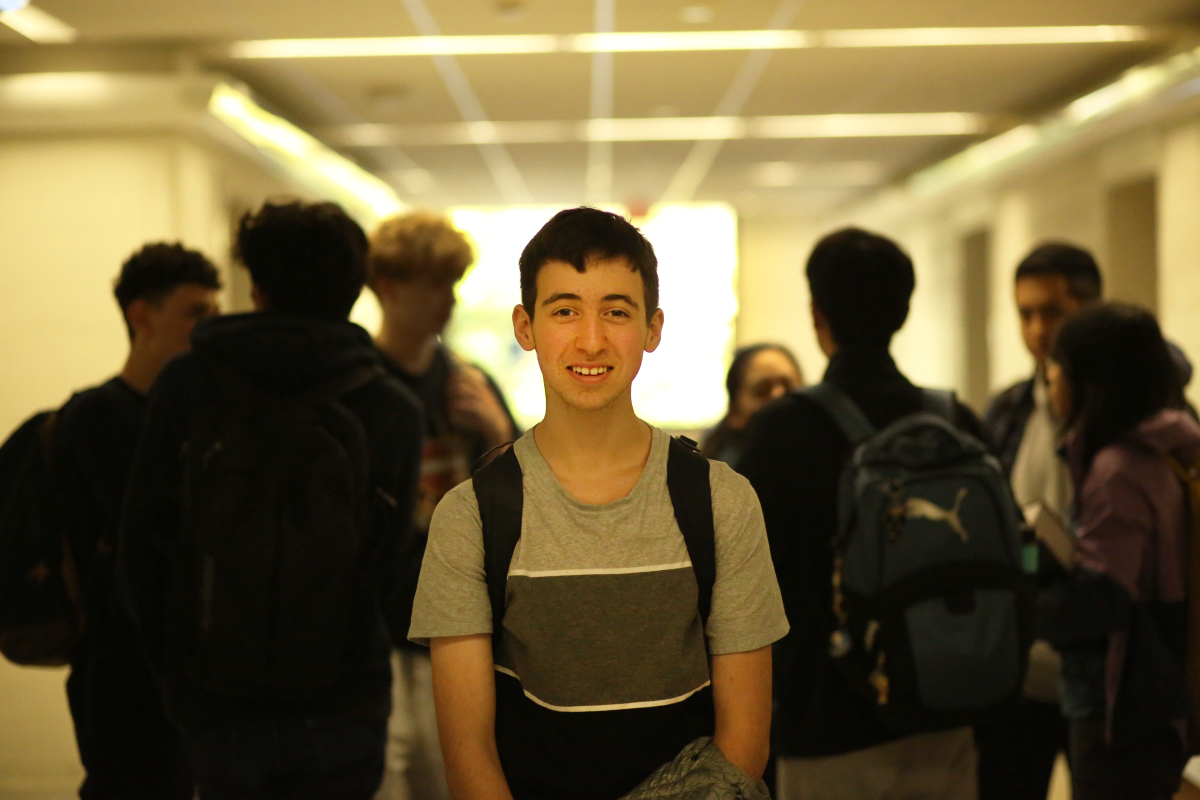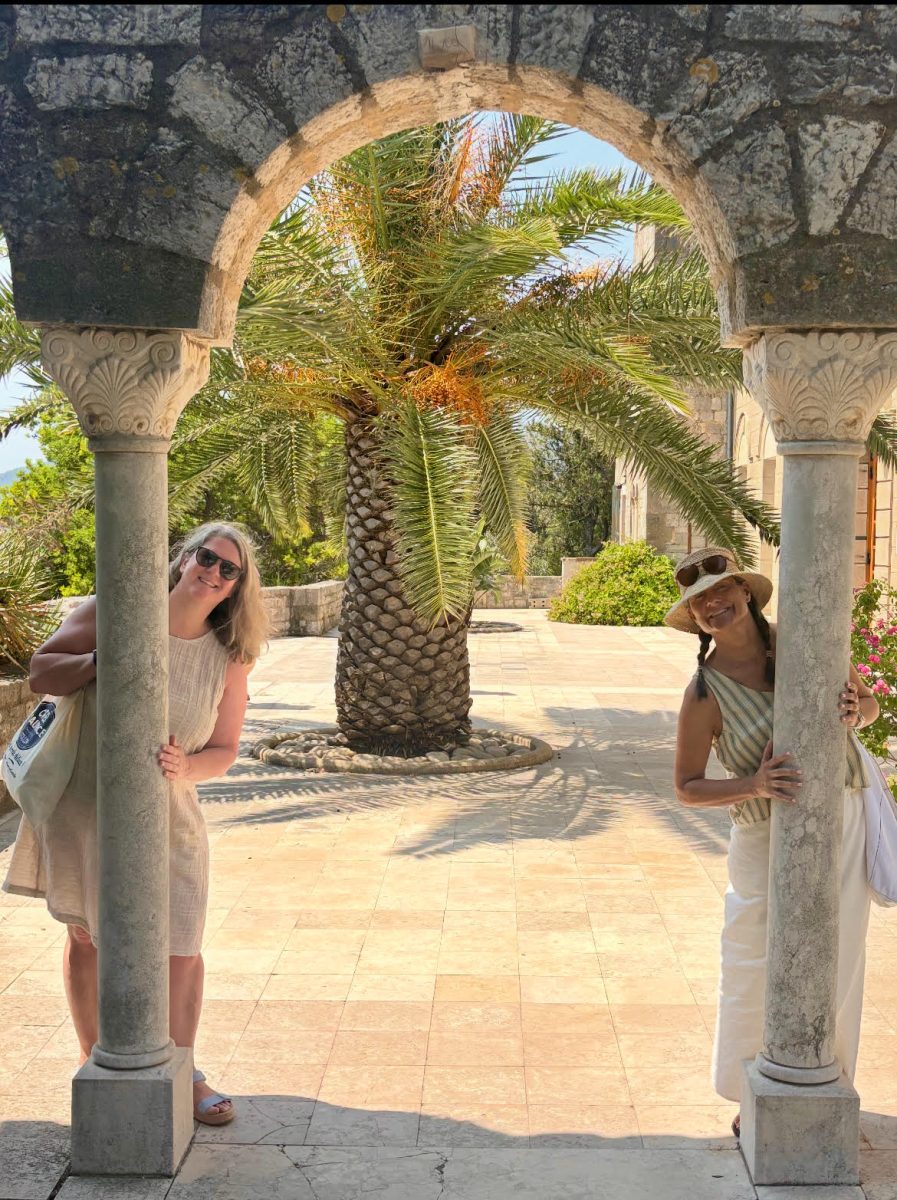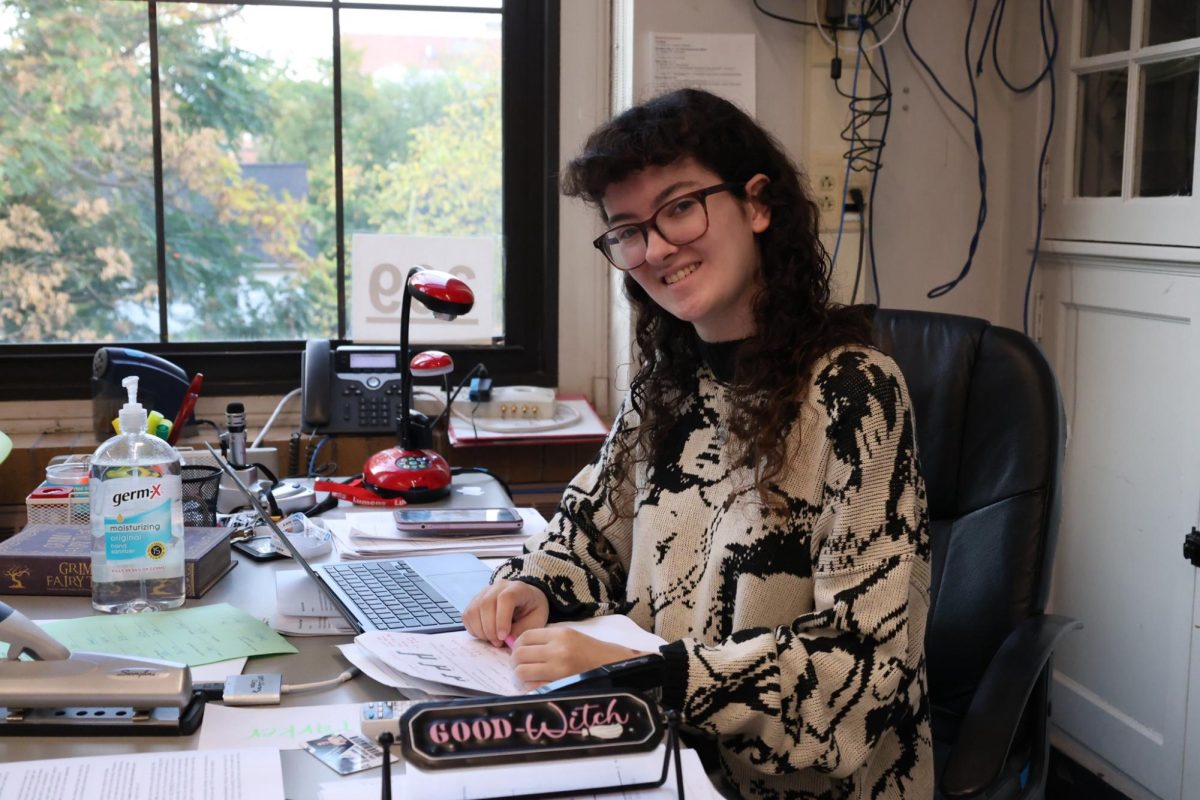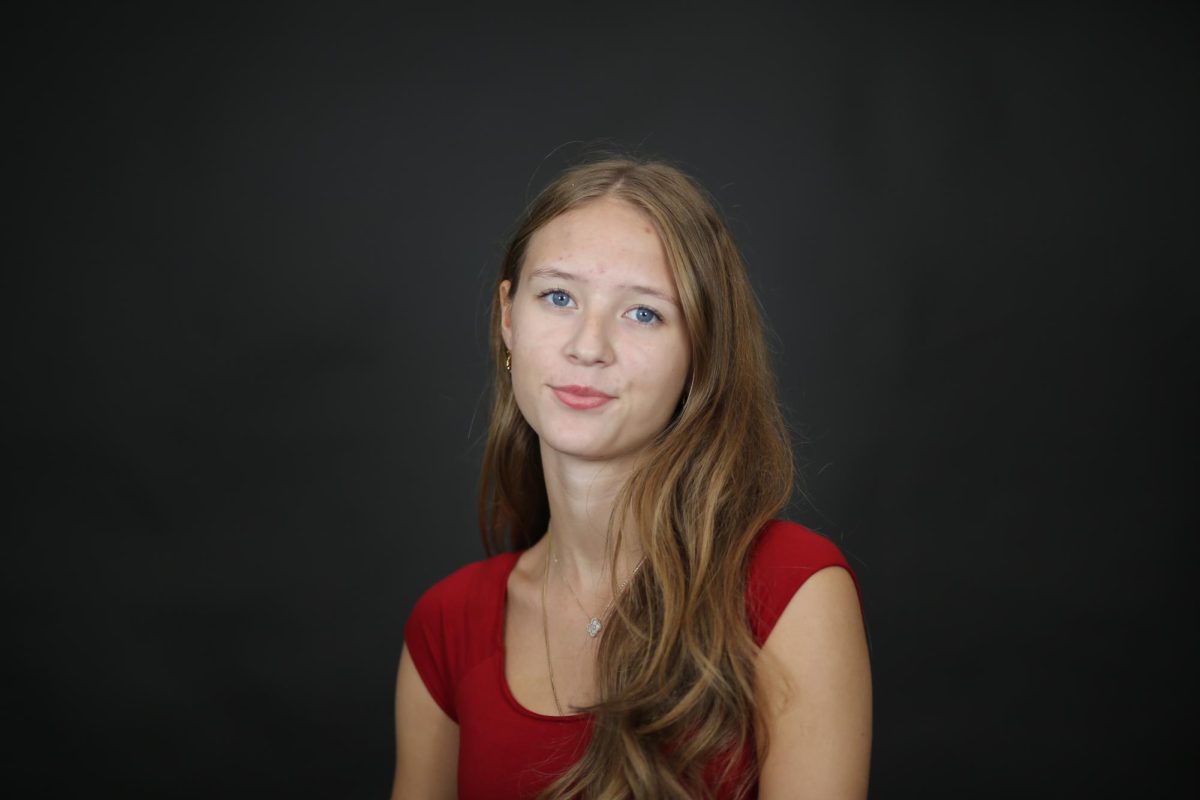The chance to substitute regular high school classes for university ones is a big part of Community’s image of itself as a school. From the location to the scheduling to the understanding counselors, serious thought has been put into making University of Michigan (U-M) classes as accessible as possible. However, only a fraction of students actually take advantage of this unique opportunity. But why would they even want to take UM courses to begin with? And what is there to get out of it? Examining their motivations and how they deal with the ups and downs of college courses can help shed some light on the reason behind this unique system.
The range of courses available at U-M is immense, and even choosing where to start can be daunting. Many might settle for just one course, but Oliver Jacobsen, a junior at CHS, has decided to take on two U-M courses in very different subjects. U-M allows him to pursue his academic interests in both math and Spanish at a high level through its introductory courses, designed for college freshmen but a good fit for an ambitious high school student. Similar courses exist at Pioneer High School, where Jacobsen is also enrolled, but he finds they just can’t compete in terms of academics.
“I considered Spanish at Community or Pioneer, and I considered stats, but I just decided that I wanted more rigor, so I took a U of M class,” Jacobsen said. “I get to choose the time more freely; they’re accurate to my level. They look good on college apps…yeah, I love it.”
Jacobsen finds that he enjoys advanced Spanish more than he would Community’s program, but that is not true for everyone. The standards are naturally much higher, and the expected amount of homework is much larger, making every U-M course a real challenge just to complete. Nic Villamor is another CHS junior enrolled in the same math class as Jacobsen. Villamor has strongly mixed feelings about his experience: he loves the opportunity to learn what interests him, but the intense pace can sometimes become overwhelming.
Concern about time commitment is probably the most common reason people hesitate to take U-M courses. Indeed, it’s a lot of pressure, and many students like Villamor feel it acutely. But when a U-M course aligns with your interests, as for both Jacobsen and Villamor, it offers by far the best education available to a high school student. Even if a class is not the perfect fit, that can sometimes be just as instructive. Sam Austin, a senior at CHS, encountered that in his math course at U-M. This fall, Austin made the decision to drop his U-M honors calculus course for linear algebra at Washtenaw Community College, largely due to the 15+ hour weekly workload. Instead of viewing his U-M course as a waste of time, though, Austin still sees his experience as valuable.
“It’s sort of like a test run for my college experience, and it allows me to get a taste of what I might be doing for the next four years and decide if that’s really what I want to do,” Austin said. “College courses have definitely given me a lot of insight into the future of my education, a really valuable insight that I think a lot of people don’t get.”
Although Austin would’ve liked to be able to complete the U-M course, he found value in learning about himself and what his future might look like. Although it’s less quantifiable than an academic education, this kind of lesson is perhaps even more important and much poorer taught in high school. On a more practical level, getting a taste of U-M life early can help students gauge where they want to go and what they want to study in college. For example, the type of honors course in which both Austin and Villamor were enrolled is very geared towards pure math majors. Giving it a try now, without any commitment, helps make informed decisions when the time comes to choose a path in college.
“I was like, ‘Oh wait, I really like math.’ And then everyone around me was like, ‘Oh, then you should take honors calculus because it’s theoretical math, so you should find out if you like theoretical math,’” Villamor said. “But it’s also really time-consuming, and there are other things that I also want to do. So I’m wondering whether or not theoretical math is worth it for me in high school.”
Villamor is an ambitious student, and exploring interests in the way he does would not be practical for everyone. Still, U-M courses provide an invaluable way for him and others to discover more about their own hopes while also accomplishing something worthwhile. Even for people like Jacobsen, whose Spanish course provides a natural continuation beyond the CHS program, just the chance to be part of a college community and work with more experienced peers makes the experience worth much more than any advanced high school class.
CHS claims to be a school that treats kids as mature people and prepares them for life in the real world. The fact is that learning how to handle a truly difficult class, and to recognize when something might be too much is an unavoidable part of that preparation. It’s undeniable that college courses are not the easiest way to get through high school, and for some, they might not be the right choice. But the easiest way is very often not the best. For students like Austin, Villamor, Jacobsen, and many others, U-M provides a golden opportunity to learn, explore, and grow as students and people.










